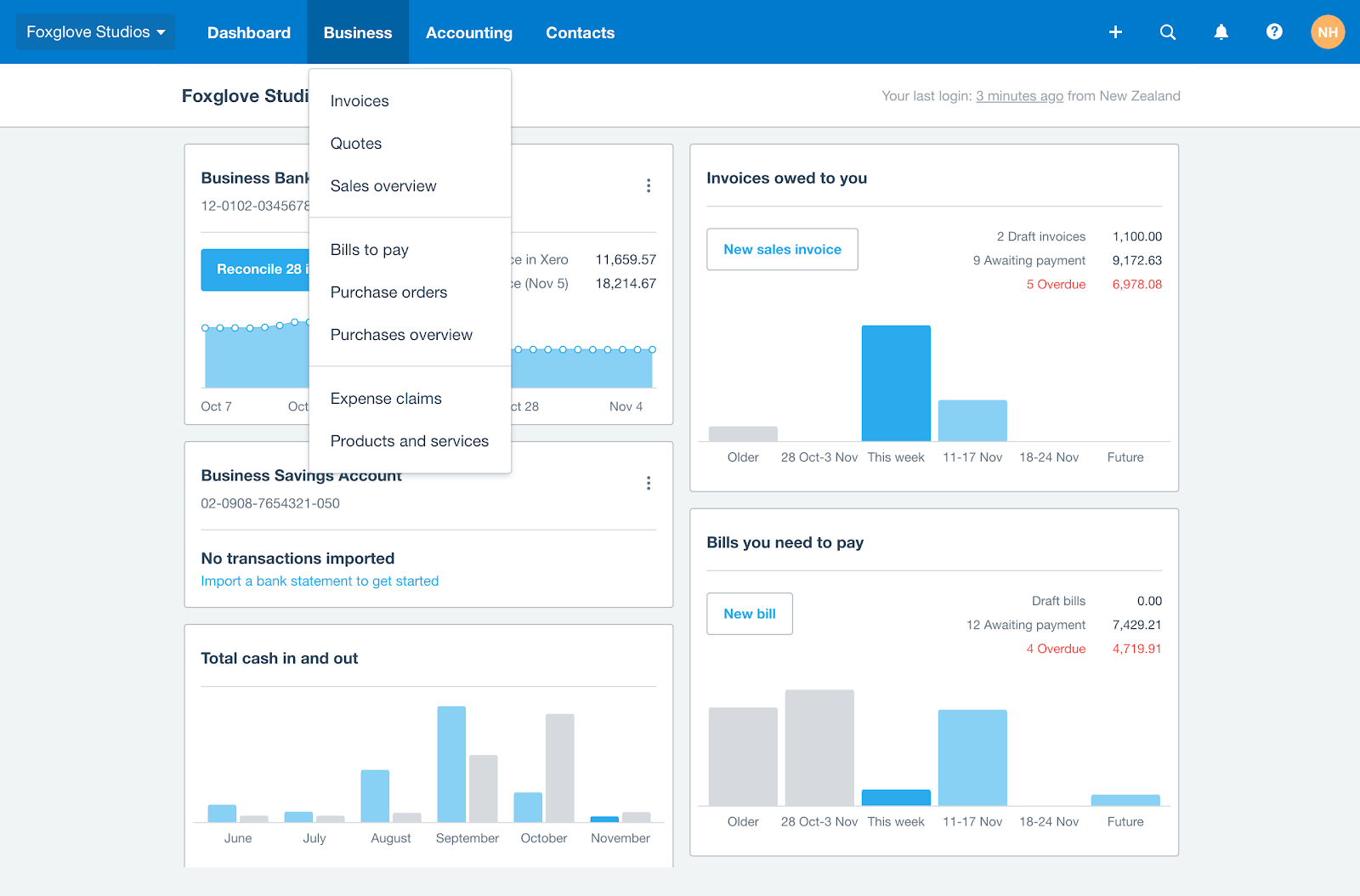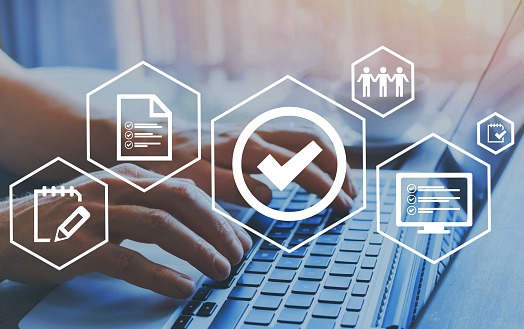
As the year 2020 finally draws to a close, there’s a lot we have to look back on. From the virus outbreak and long lockdown, we’ve adapted to a more digital approach in almost all aspects! Where we used to hire multiple employees in large rented spaces, now we’re working from home using much advanced and capable software to manage most tasks virtually, that too in an automated fashion!
Managing businesses online efficiently is probably one of the few good things to come out of the year, so let’s recap on the best business management software 2020 had to offer. Bear in mind the list is in no particular order, yet all of the options are winners!
1 – Slack
Slack is a channel based workspace that allows users to communicate via those custom channels. Slack is well known for its unique but well-made communication means. It allows users to interact with one another by texting or sharing files. It’s the perfect platform for an organization that has multiple departments and divisions. This is key for mass groups to share files and communicate based on their location, department, or team. Channels have the option to be public which allows anyone in the organization to view it or private which is open to a defined set of users. Slack has the ability to communicate with other businesses present on the platform, this allows for a complete virtual collaboration from each respective workspace.
Slack also provides a host of other features such as searchable history, as files and messages are shared in vast amounts selecting or picking out a specific conversation can be tedious. Therefore the software includes a special search tool, which goes through all the messages as well as searches files if needed. The software boosts communication and therefore has a directory full of social and other apps to link with your workspace to get the most out of it. Alongside messaging, Slack also allows for the users to have a group call and even allows screen-sharing for mindful presentations. 
2 – Trello
Trello is your one-stop-shop for project management, with the inclusion of its marketing, HR, sales, and even web development options it truly is a fit for anyone. The options don’t stop there though, as Trello has a variety of other integrations to help boost productivity and functionality, a few top examples would be the likes of Google Drive and Slack. Trello helps you manage the entire organization from one platform, its host of integrations allows for added functionality and connectivity.
The software even has its own help bots which aid in your initial understanding and even carry out some basic tasks! Some of which include calendar commands, due date commands, custom card buttons, and even rule-based triggers. The web-based software works in a simple drag and drops manner, leaving the user with a plethora of customization options. The simple and intuitive interface carries efficiency on its back. The addition of Trello mobile applications means you’ll always be in touch and always in sync.
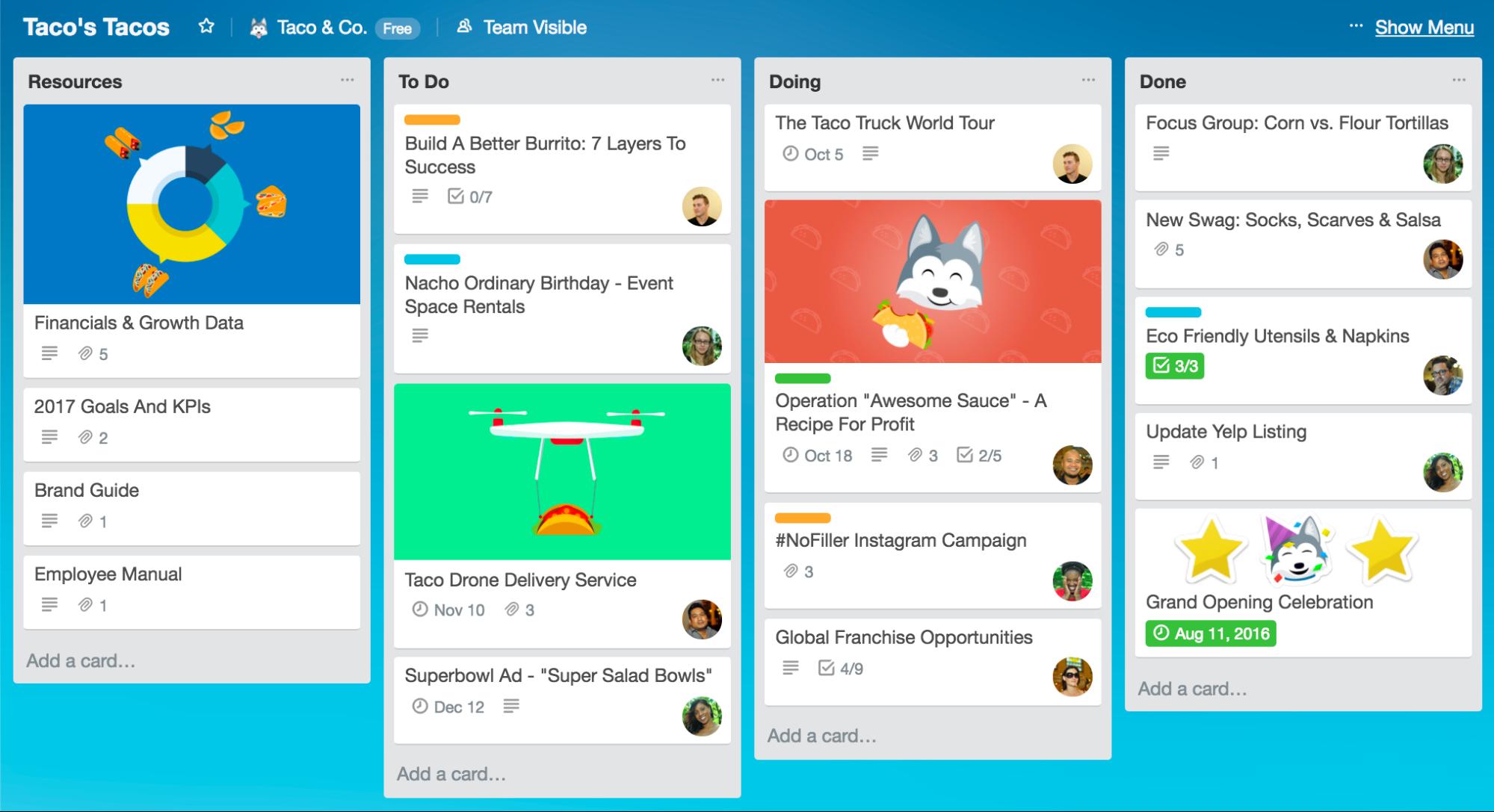
3 – Jira
Get your workflow going with Jira! Its project planning and workflow mapping software guides you through your clustered work much more efficiently. Jira offers a wide array of options when it comes to viewing your work, Kanban boards, reporting tools, charts, and flowcharts help you visualize what you need to get done. Its versatile software implementation means Jira can be integrated with almost all external software. You’ll be able to link your data to various platforms from one planner. The simple connection from a user to the company account means that you’ll be able to merge existing goals seamlessly. The added connectivity bonus allows for Jira to be scaled and adjusted to your liking with premium security protocols.
Jira features different views for your own unique style and preference, maybe you like the detailed Kanban board or maybe you only want to work on what’s pending with scrum boards. Jira has it all plus accurate roadmaps and a reporting system. The software takes personalization and editing to a whole new level with its build application and integration. It does way more than track your progress and pick out bugs, it’s the whole catch!
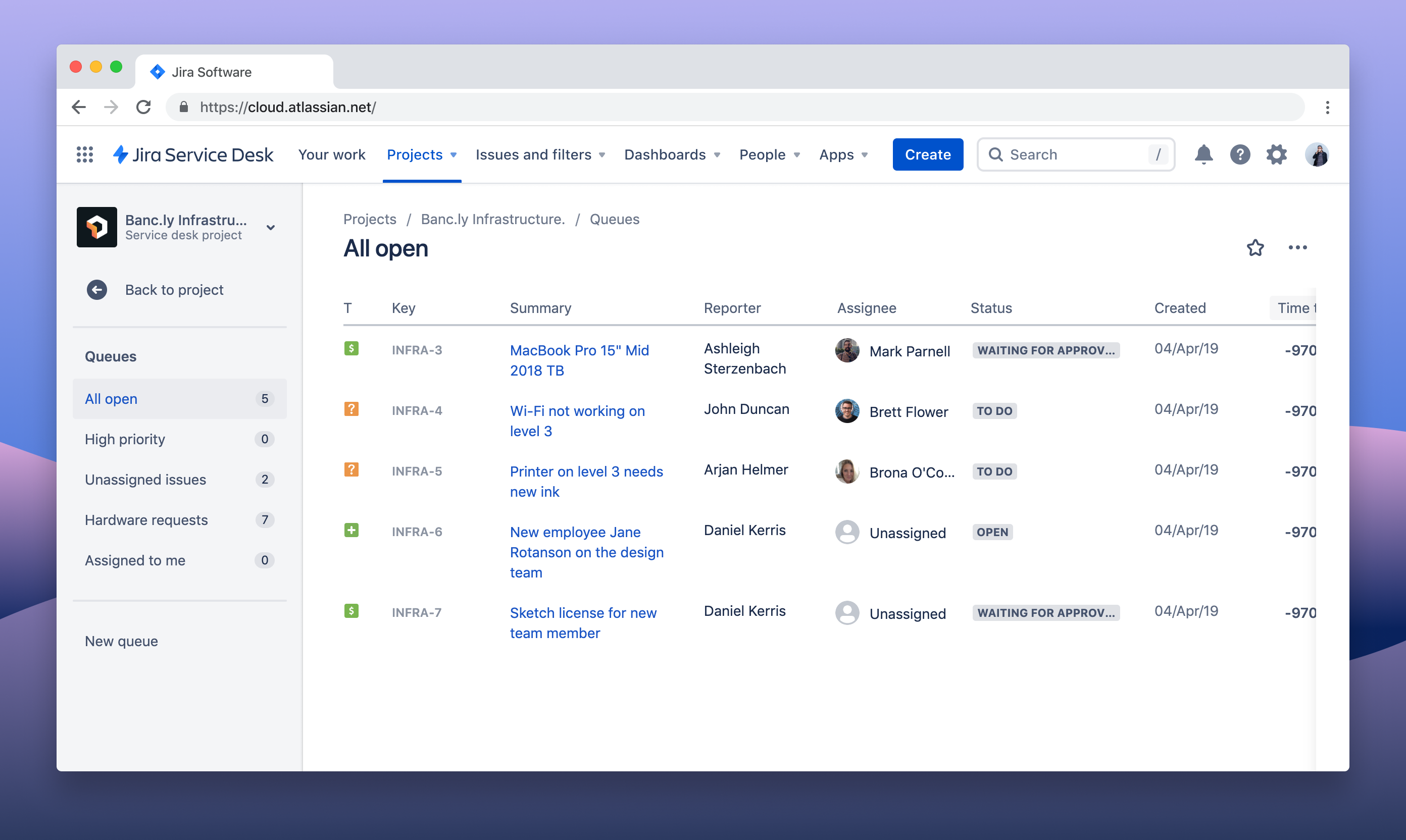
4 – Todoist
Remove the clutter and re-organize your life with Todoist. The ultimate tool for organizing all aspects of your life from work to leisure to fitness and even travel! The complete task manager for even the most minuscule of tasks. It’s simple and open view allows for you to capture what you need to know at a glance, and has notifications for the slightly more time accurate tasks. Todoist simplifies it all for even the least tech-savvy people, the inclusion of templates for work, gym, and groceries are all readily available for use.
Todoist features are all you would expect and more, some notable features include priority setting for tasks, grouping, quick add, sharing common tasks with colleagues, and drag-drop accessibility for your ease. It also includes summary reports as well as productive visuals for you to keep track of yourself. The app is universal and is available on IOS as well as Android. The connectivity doesn’t stop there though, Todoist can be integrated with almost all your existing software management tools. So not an inch of productivity is lost!
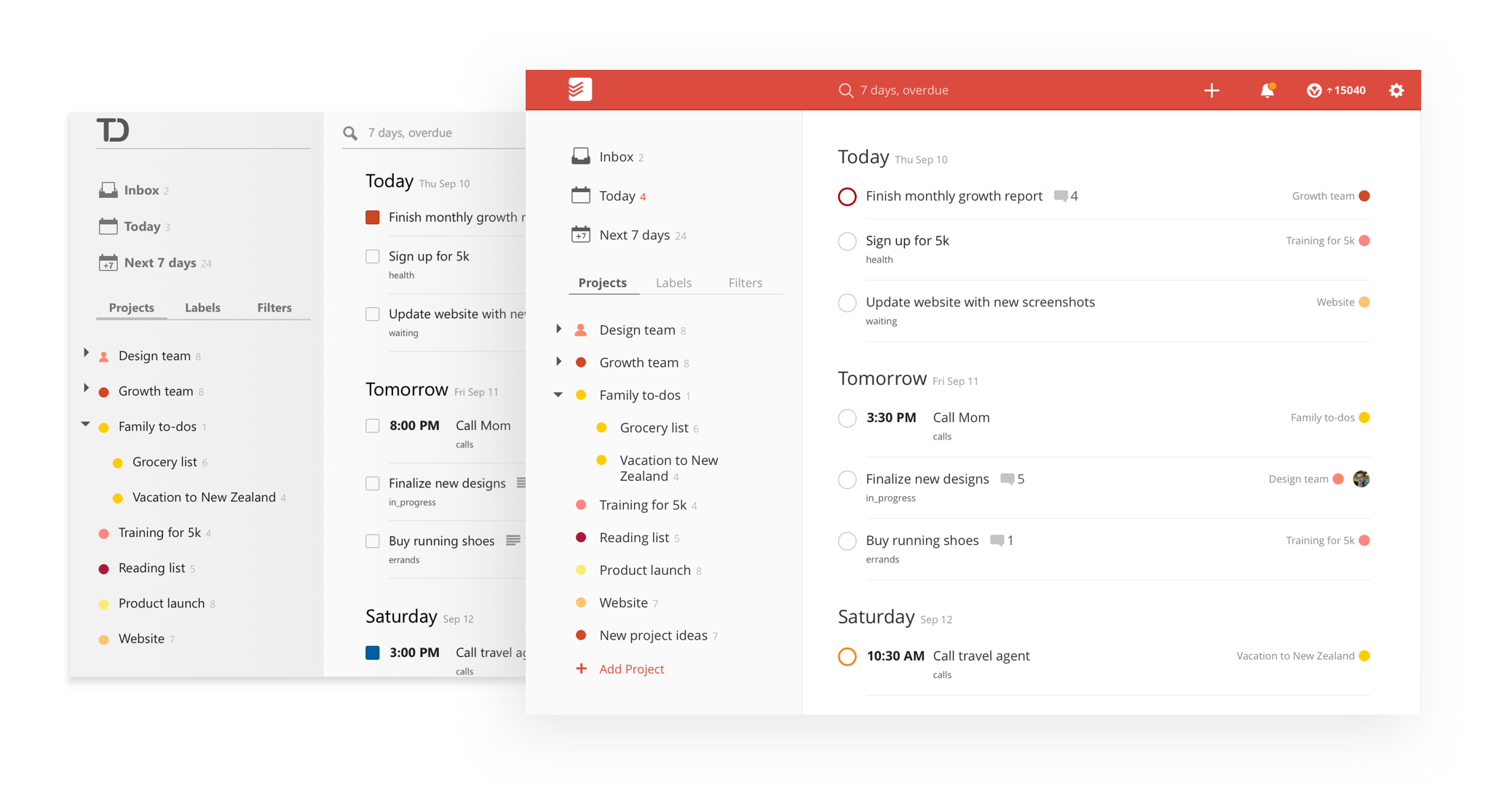
5 – Peoplesonic
PeopleSonic is your complete Integrated HR and payroll management system. Whatever task you need to be done efficiently and accurately, PeoplsSonic has the resources to make it happen! The light and simple interface from the get-go is just what your device needs. Followed by options such as superfast company set-up and flexible customization options just add to its benefits list. PeopleSonic helps you set up your organization how you want it, from the comprehensive online support, premium privacy, no hidden charges and to top it all off, multiple integration options to extend your productivity with the software.
With its complete HR solution, PeopleSonic has almost all the necessary tasks automated for maximum efficiency. The consumer has full control over what goes into the system and can oversee the transparent automation if any amendments need to be made. A few key features relieve the need for a designated HR team, such as the Core HR which overlooks all HR management from one panel. It includes all you need to manage employee data effectively. Payroll management allows for you to set-up easily and automates your payroll, without having to tediously go through each account over and over again. Similarly, managing your employees’ timings and attendance has never been easier, with complete and accurate data being displayed for working hours and leaves. Speaking of leaves, the software looks into leave management just as well, assigning a paid or unpaid leave depending on the scenario and set-up. To finish it all off, the system is capable of creating timely and accurate reports whenever needed so you can see it all in just a glance!
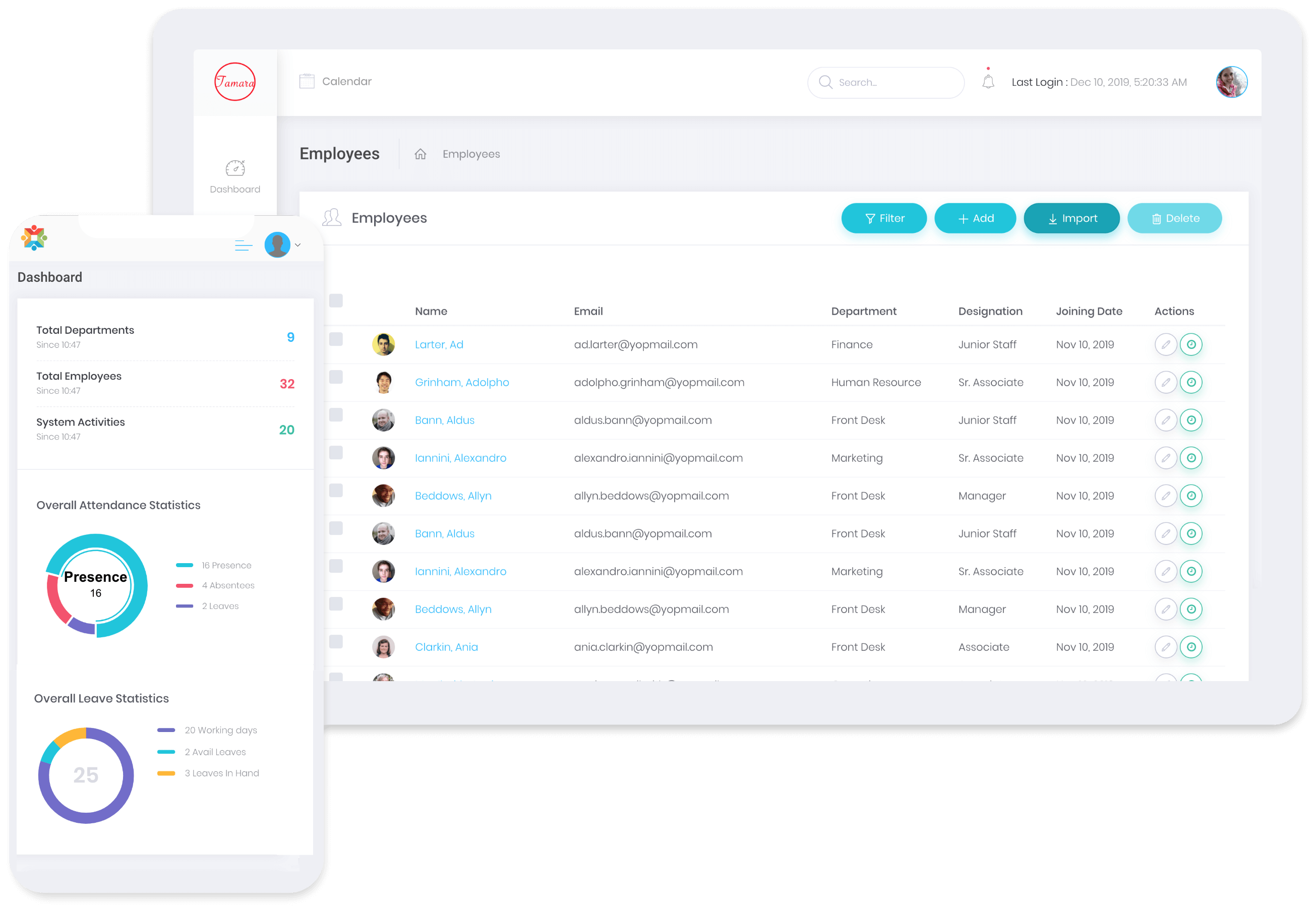
6 – Bitrix24
Undoubtedly the top name when it comes to complete suite management. Bitrix24 grasps all aspects of digital management including all communication and collaboration tools. From a large-scale business perspective, Bitrix is the solution, as it’s a complete business management software with almost all the bells and whistles. The software has many perks but the main one would be its large collaboration with social networks and integrations.
Bitrix is packed full of features related to the top fields such as communication, tasks, CRM, website linking, and contact centers to name a few. The top features include HD video and conference calls, a variety of chatting options, work time tracking, cloud storage, reports, and workflow automation. The plethora of options allows you to take whatever business model you may have digitally without any compromise.
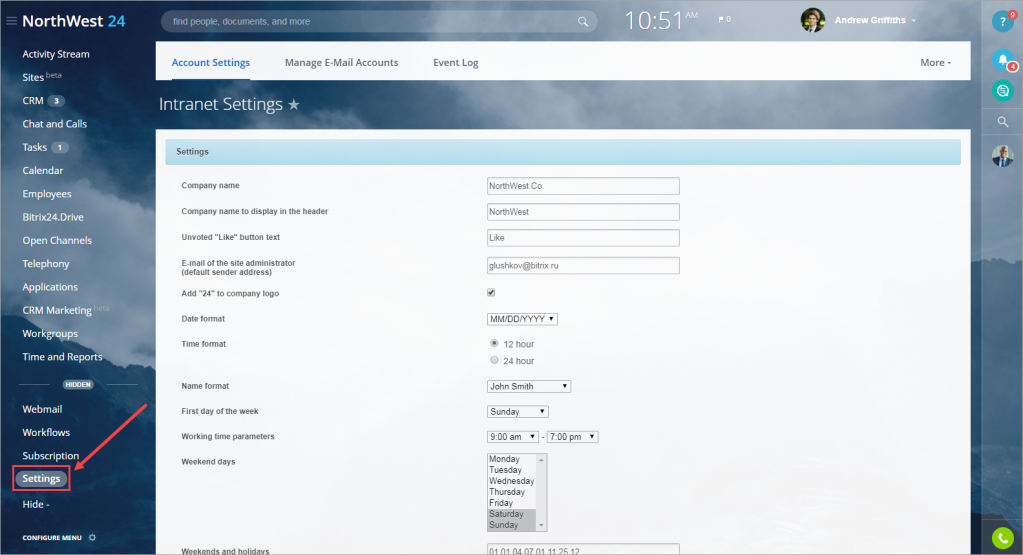
7 – Odoo
Odoo is yet another complete management software that offers a wide range of applications and tools to boost your management drastically. Odoo covers a lot more than just the basic management topics, it has CRM, accounting, eCommerce, inventory, project management, and POS just to name a few. Odoo is definitely packed to the brim with options and the best part? Odoo isn’t shy or far from the rest when it comes to integration, with hundreds of applications at your disposal.
Top features include customizable dashboards, a unique framework for you to get the most out of the system, real-time communication, and syncing to keep your work ready even on the go. You could take any business route with the help of Odoo and still wouldn’t run out of features to explore.
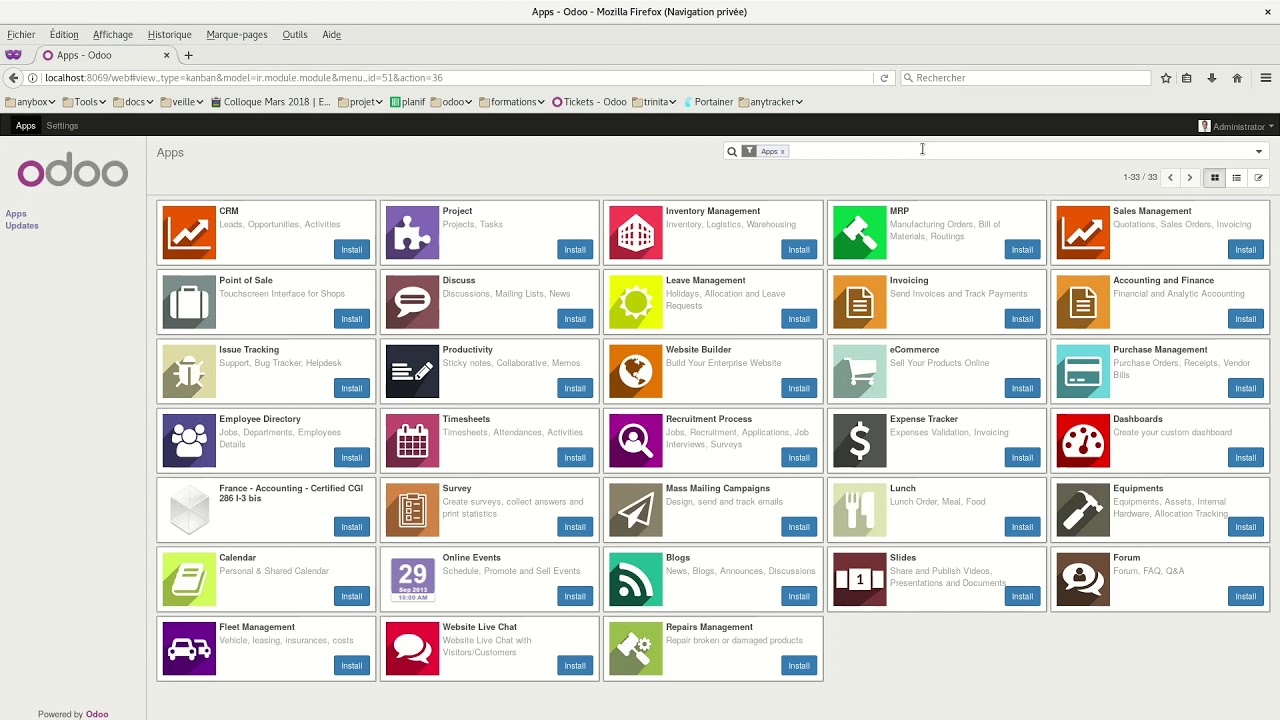
8 – Xero
Crunching numbers, fluctuating figures, and timely bookkeeping is a daunting task for any accountant, but what if there was an assistant that managed this all for you? Xero is the future of accounting, with its up to date features capturing the essence of managing accounts. It is the ultimate tool whether you’re a small business, accountant or even looking for an ideal book-keeping software. It’s easy accessibility as software and seamless connectivity with your bank, Xero is the top candidate for your financial ease.
Zero does not shy away from features, featuring all the glamorous tools you would hope for. Ranging from minute tasks such as bill payments, scaling to bank connections, and even going as far as claiming expenses just from your phone, laptop, or any other supported device. Easy tracking of multiple projects, contacts, and data allows for Xero to create precise and custom reports tailored to your very needs!
